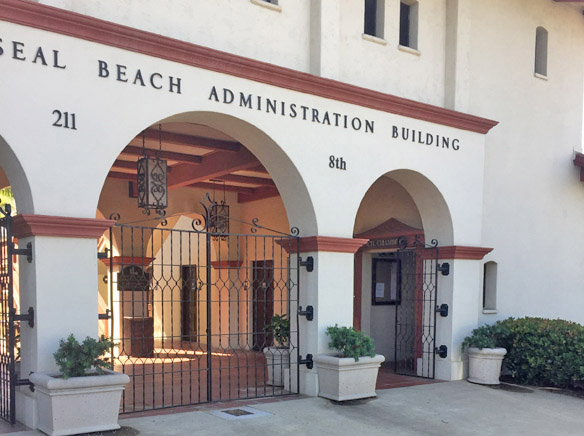The City Council received and filed the state-mandated 2021 Housing Element Progress report. The council authorized staff to submit the report to the state government. This was an item on the Consent Calendar. Everything on the Consent Calendar was approved unanimously, without discussion.
The city received five applications to demolish and rebuild housing units between Jan. 1 and Dec. 31, 2021, according to Smittle’s report. The city also issued 16 certificates of occupancy, mostly in the Ocean Place development, according to the staff report by Community Development Director Alexa Smittle.
“The Regional Housing Needs Assessment (RHNA), or the number of housing units a jurisdiction must prepare for during a Housing Element cycle, has received great attention over the last year, as jurisdictions have been updating their Housing Elements,” Smittle wrote.
As previously reported, while the state-imposed RHNA requires the city to plan for 1,243 units, the state cannot force Seal Beach to build them, nor can the city force a private property owner to build them.
“As in past years, no development applications proposed units restricted to low or very low income households. This is not unusual, as opportunities for affordable housing are typically associated with larger multi-family residential developments and not individual single-family projects,” Smittle wrote.
“However, this does mean that the City did not achieve its RHNA compliance during the last Housing Element cycle, and is subject to Senate Bill 35 (SB 35), as codified in Government Code Section 65913.4, which requires a streamlined ministerial approval process for certain types of housing developments,” Smittle wrote.
“Specifically, a project on an infill site would have to propose (a) at least 50 percent of the units be developed at levels affordable to those making below 80 percent of the area median income (low income); (b) be proposed for a site that allows residential uses, and (c) cannot be located within a coastal zone, among some other requirements,” Smittle wrote in the staff report.
(“State law provides a definition of an infill site in the Public Resources Code if you want to dig into that level of detail, but for all practical purposes, anywhere in Seal Beach would be considered an infill site,” wrote Smittle in a March 14 email to the Sun.)
“The City has not received this type of application before, likely due primarily to cost of land and the difficulty in financing affordable units, but it is a possibility in the future,” Smittle wrote.




